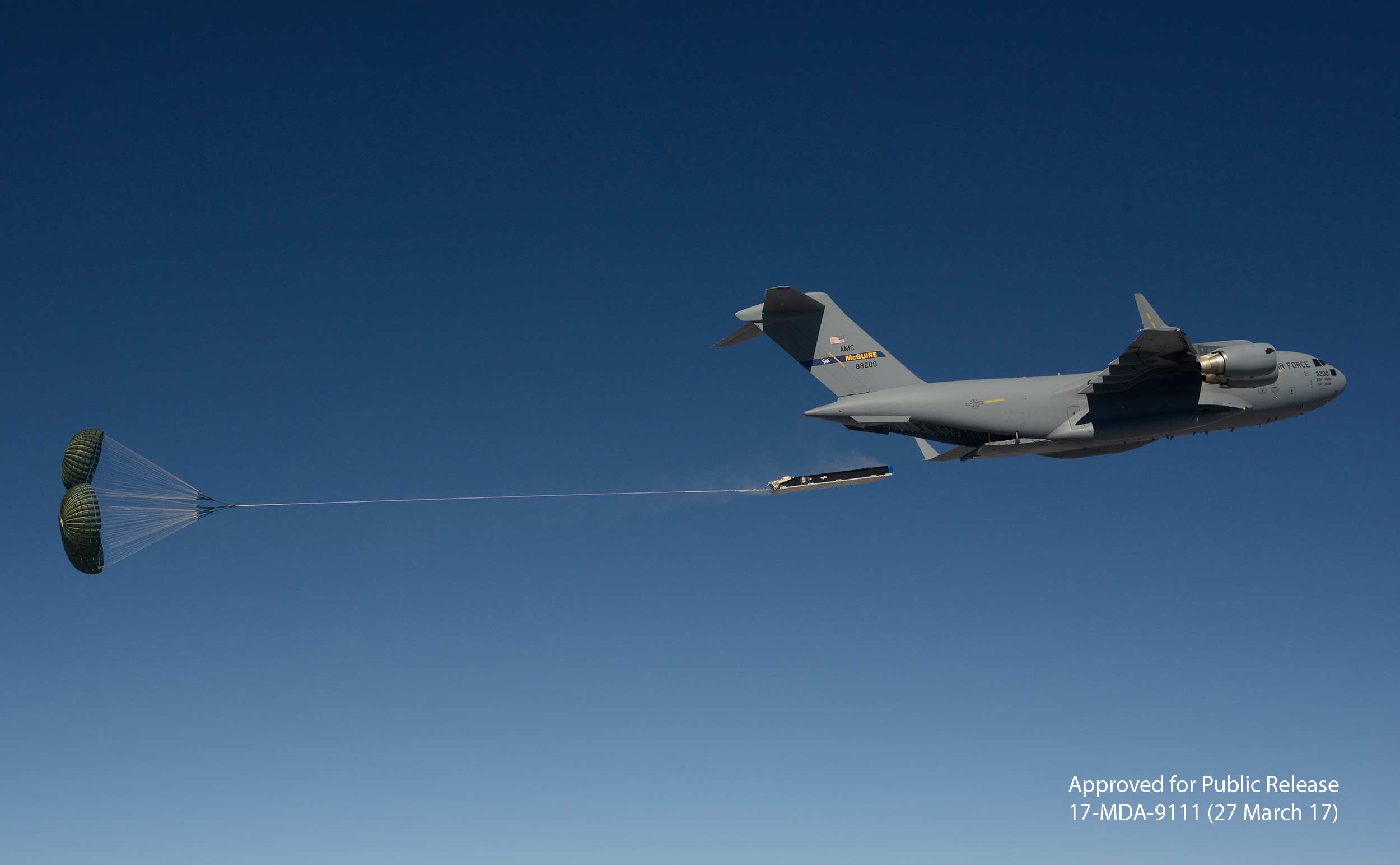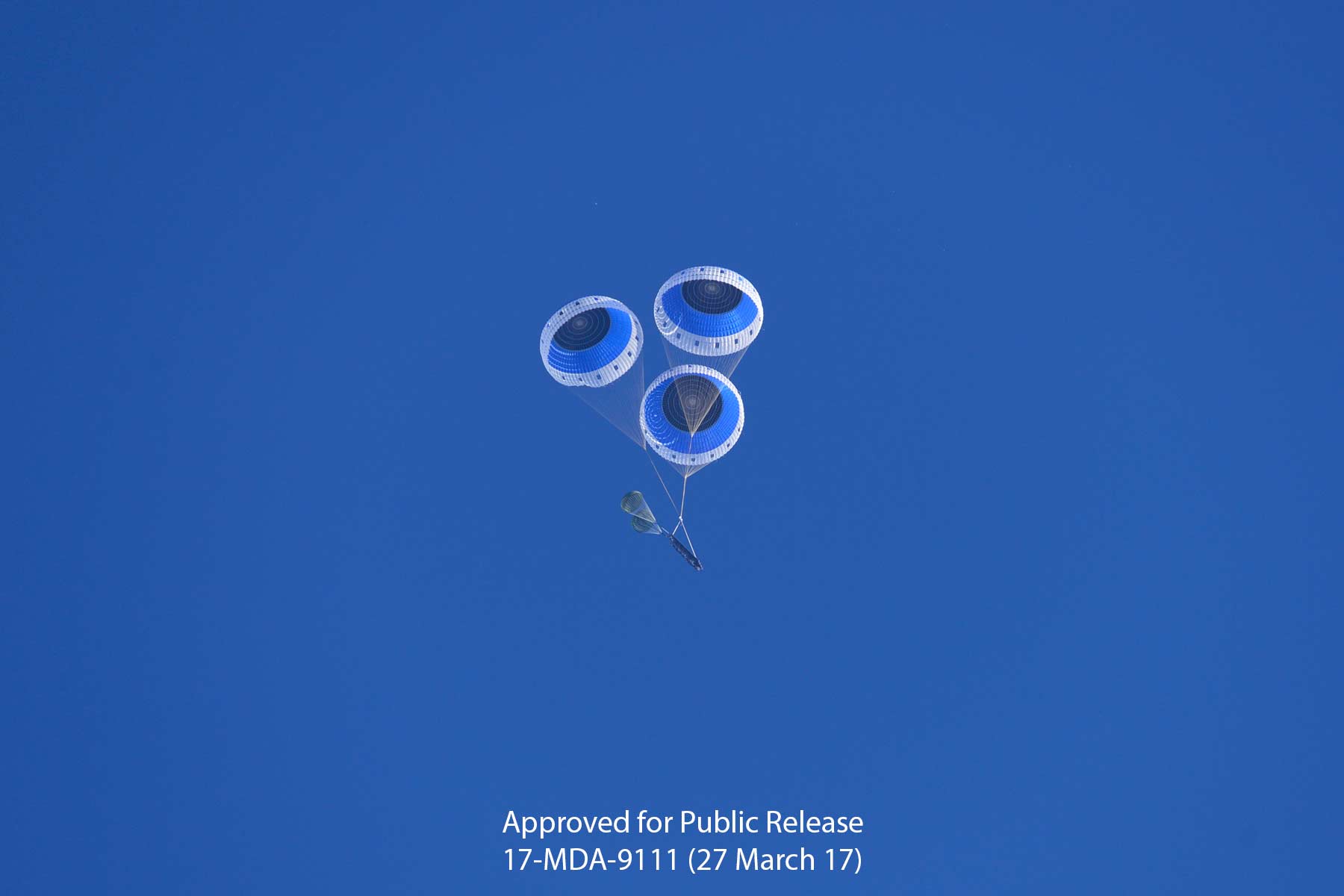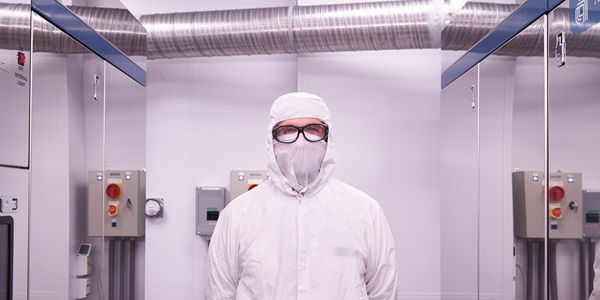Strengthening Missile Defense through Suborbital Target Vehicles
Detecting, identifying and defeating ballistic threats

By Brooks McKinney, APR
While we may be able to collect intelligence on evolving threats, how can we ever be sure that our defensive systems will be able to detect, identify and defeat these incoming weapons when it matters most?
U.S. near-peer adversaries are devoting substantial resources to developing weapon systems that can outwit and defeat our strategic and tactical missile defense systems.
Enter a shining star in missile defense: Northrop Grumman-designed suborbital target vehicles.

Simulating Ballistic Threats
"A suborbital target vehicle, as its name implies, is a rocket flying a suborbital trajectory that's been programmed to simulate an incoming enemy missile," explained Mike Pudoka, director of engineering and chief engineer for target systems at Northrop Grumman. "We use these rockets and the payloads they carry to test the ability of the nation's Ballistic Missile Defense System (BMDS) to detect, characterize and intercept incoming threats."
Northrop Grumman's suborbital target vehicles simulate missiles ranging from intercontinental ballistic missiles to shorter range, theater-based threats, he added.
"We think of our targets work as another form of rocket design," said Guy Rallison, chief engineer at Northrop Grumman. "We develop these rockets and help define their test trajectories in collaboration with the Department of Defense and U.S. government laboratories."

Flexible Flyer
One of the company's most significant suborbital target vehicles for the U.S. Missile Defense Agency (MDA) is the Intermediate Range Ballistic Missile (IRBM) target, Pudoka noted. IRBM is dropped by parachute from a C-17 transport, then ignited in the air.
"The most powerful aspect of IRBM is that we can launch it from anywhere to anywhere following any trajectory the customer desires," he said. "We're not constrained by the location or launch orientation of any ground-based facilities."
Most of these targets are flying against ground- or ship-based interceptors, such as the Navy's Aegis systems or the Army's Patriot system, added Pudoka.
Innovation in Avionics: Flying Laboratories
Northrop Grumman custom designs every target to simulate the behavior of a particular, customer-specified threat. However, it's common to build the targets from proven, previously tested parts.
"Our Patriot target vehicle uses decommissioned Minuteman motor stages, and our Medium Range Ballistic Missile T3c2 target for MDA uses a decommissioned Navy motor as the first stage and a decommissioned Air Force motor for the second stage," offered Pudoka.
The targets group, added Rallison, designs and produces all of its own avionics.
"We start with a library of proven avionics, but our system level design is always a clean sheet. Every new target stretches the performance envelope, doing things that have never been done before," he said.
But lest anyone think that suborbital target vehicles are nothing but "dumb, clay pigeons," Pudoka has news for you.
"Targets are absolutely flying laboratories whose instrumentation tells us and our customers what's true about the capabilities of the system being tested," he said. "If that system believes the target's location is X, but our target indicates that its location is Y, we need to understand that difference as a way to measure the effectiveness of the system under test."

Meeting Evolving Threats in Missile Defense – From Every Direction
Northrop Grumman also produces suborbital target vehicles that simulate cruise missiles designed to test the defenses used to protect ships while flying as low as 15 feet off the deck.
"The GQM-163A Coyote is a supersonic, sea-skimming target we've been producing since 2000," said Mike Couture, chief engineer for that program. "We also build a high-diving variant that starts at up to 50,000 feet, then dives onto the target at speeds approaching Mach 4."
During a test, he explained, the Coyote is launched on a ballistic booster from a Mk 7 missile ground launch system.
"After six or seven seconds, the vehicle separates, and an air-breathing ducted rocket takes over. The target vehicle then descends to its cruise altitude, which can be anywhere from 15 to 50 feet above the ocean," he said.
As with other types of suborbital target vehicles, Couture continued, the customer defines the test requirements, then Northrop Grumman designs a target that can simulate the desired cruise missile behavior. "Over the last 20 years," he enthused, "we've evolved the GQM-163A from a straight-flying target with essentially no maneuvers to now not only a high-diving variant but also a target that can perform high-G turns, either in azimuth (side to side) or elevation (pitching up and down). We've also added spiral maneuvers, payloads with different radar cross sections, and electronic countermeasures to challenge Navy shipboard electronic and kinetic defense systems."

Rocket Testing With Precision
Using mission simulations, Northrop Grumman produces and rigorously tests all Coyote target vehicles in Chandler, AZ. The targets are stored in Navy storage facilities, then moved to a Navy test site about a month or two before a system test.
"At the test site, we load the target with the required flight trajectories, put on a steel or ceramic radome depending on how we want it to appear to shipboard radar — smaller for steel, larger for ceramic — then integrate any payloads on the rocket," said Couture.
He explained that Northrop Grumman's role during an actual test is to launch the target vehicle, then monitor its performance throughout the test. A typical test involves flying the target vehicle very close to the bow or stern of the ship.
Northrop Grumman participates in about 10 GQM-163A tests per year at Navy test ranges around the world including San Nicholas Island, California; Kauai, Hawaii; Wallops Island, Virginia; White Sands, New Mexico and the Hebrides archipelago off the coast of Scotland.
Protecting the Peace
At the end of the day, the targets business helps to ensure that U.S. missile defense systems are as effective as they can be.
"The work we do is not as glamorous as those space launch scenes from Hollywood," Rallison admitted, "but it's just as difficult, just as innovative and helps us all sleep a little bit better."
More innovation stories
Read all stories about advanced technology and innovation >>


